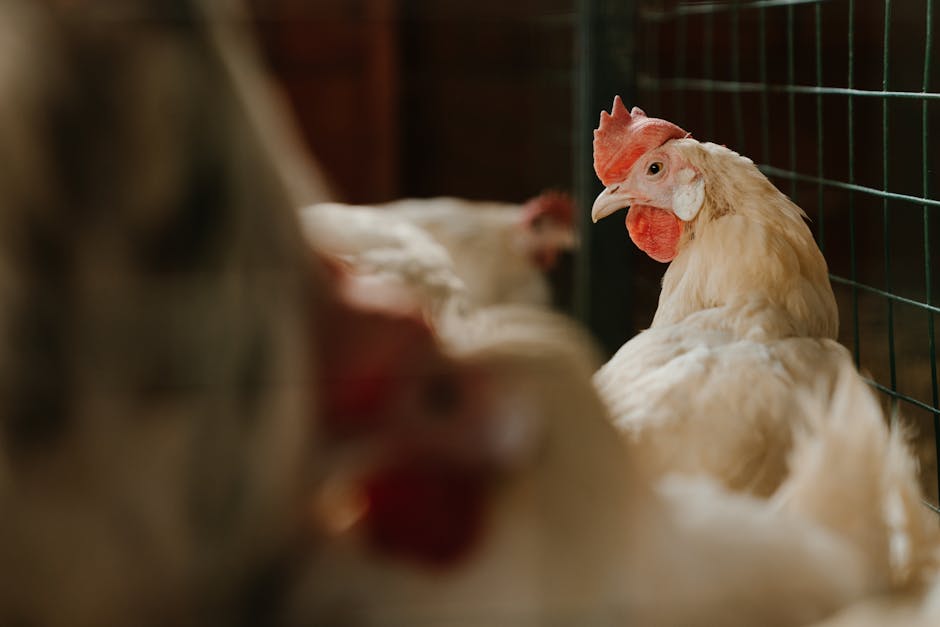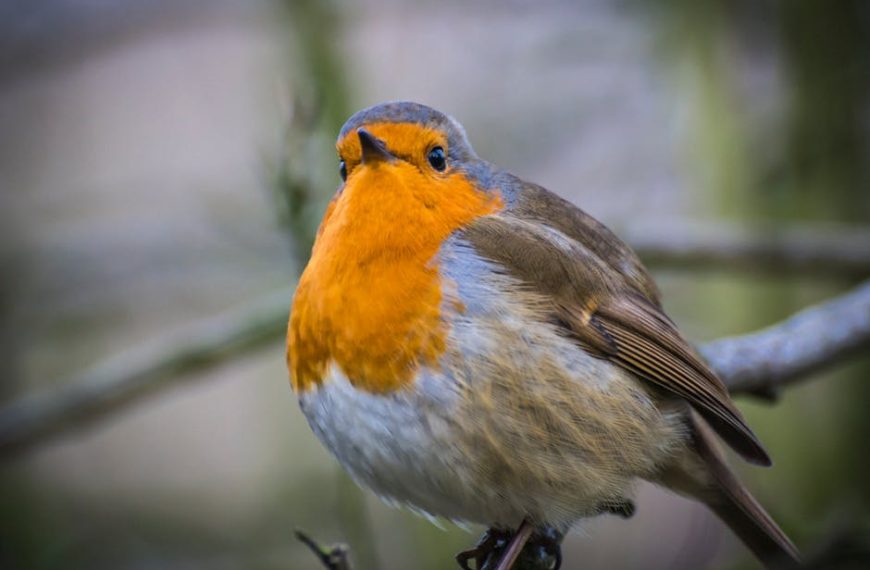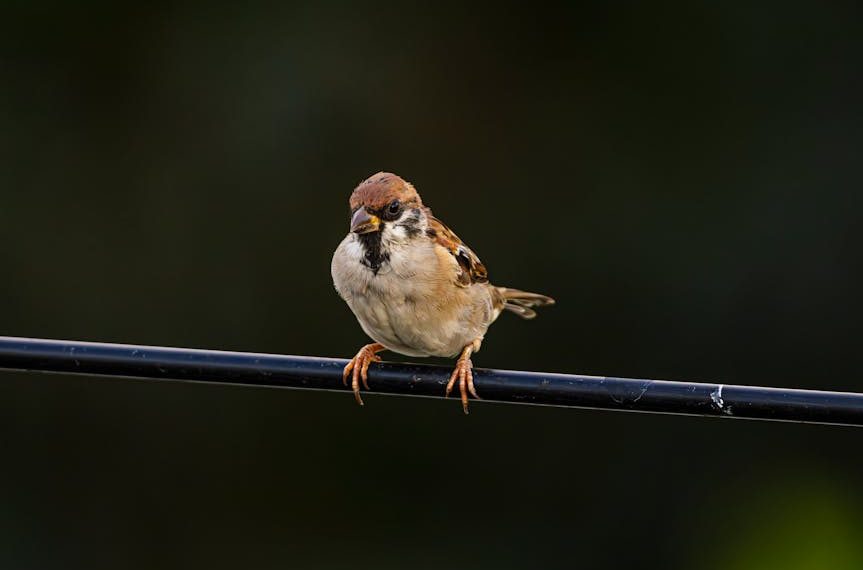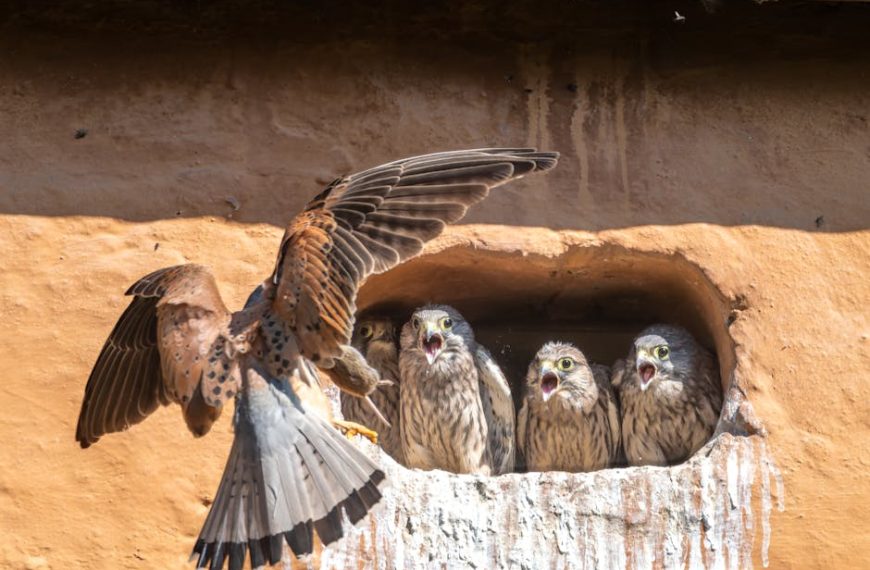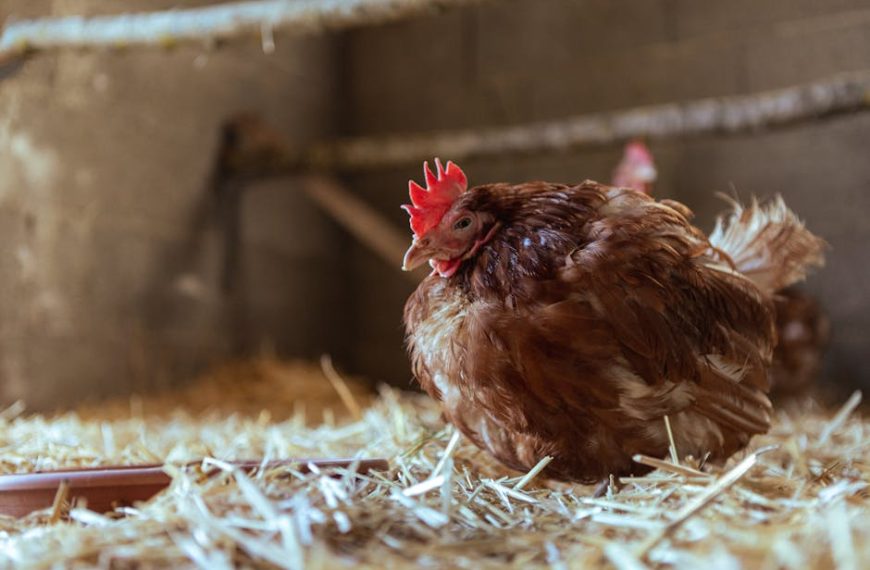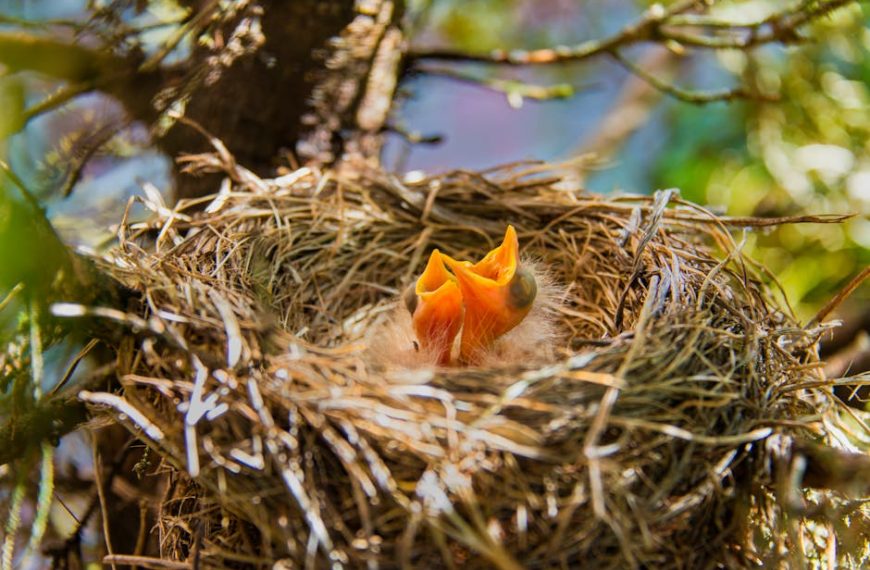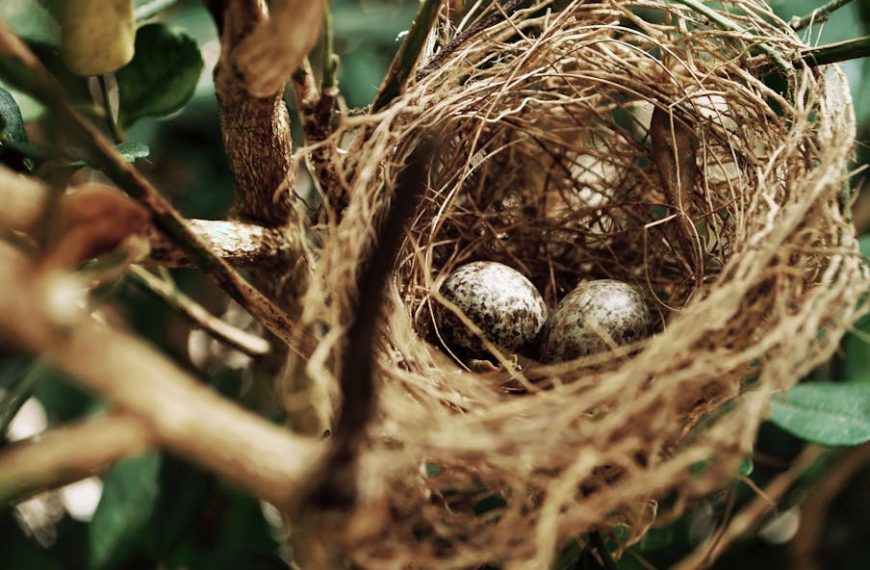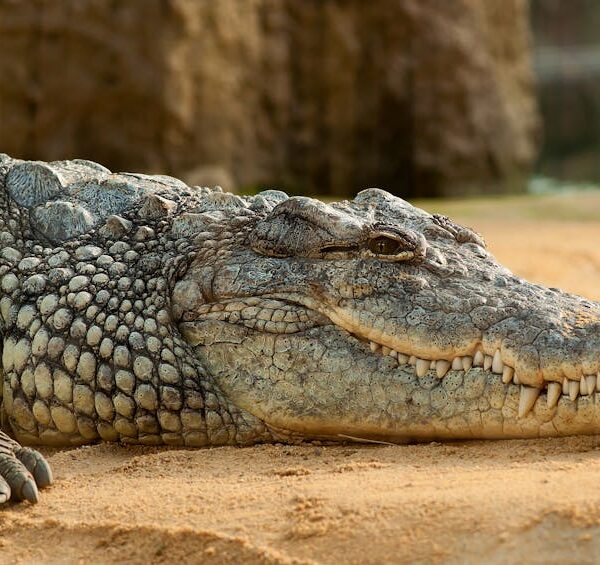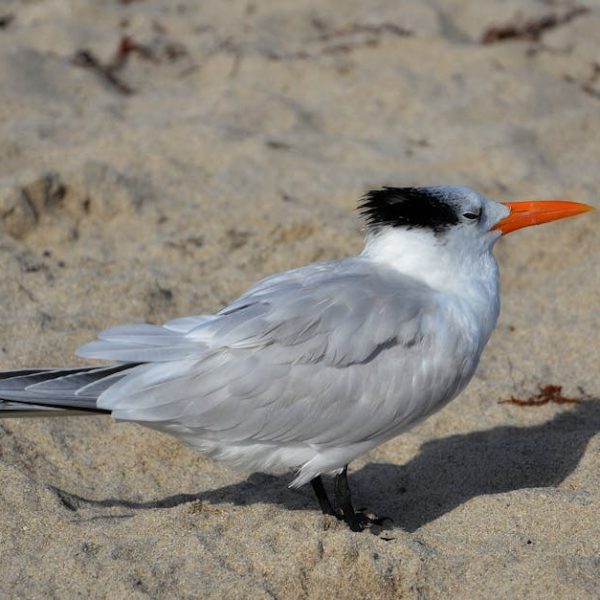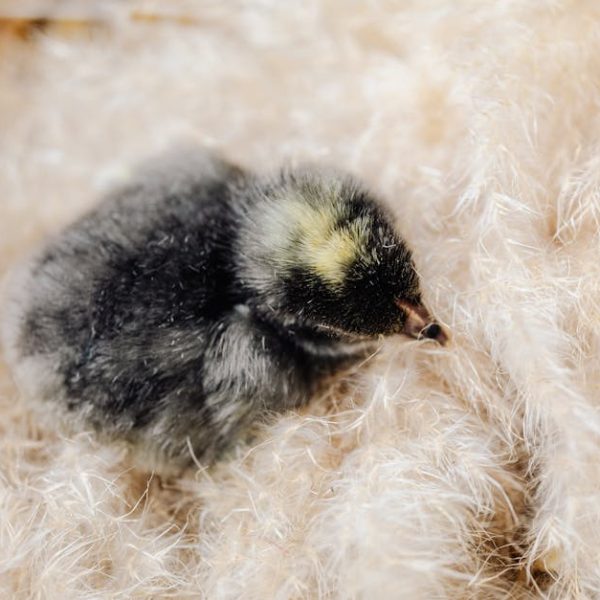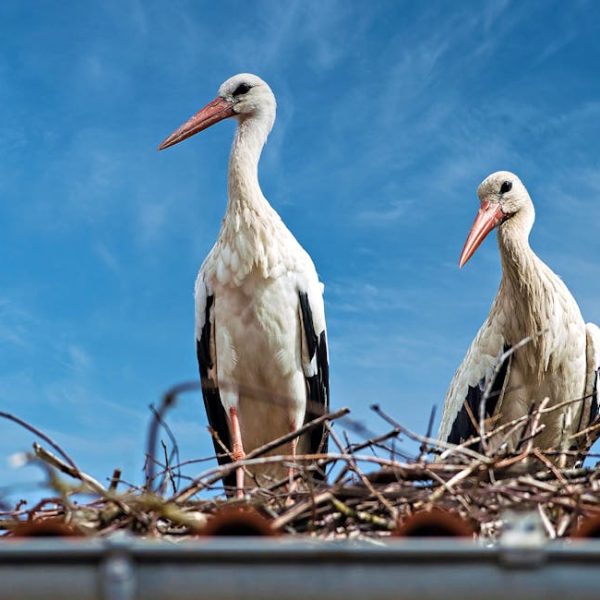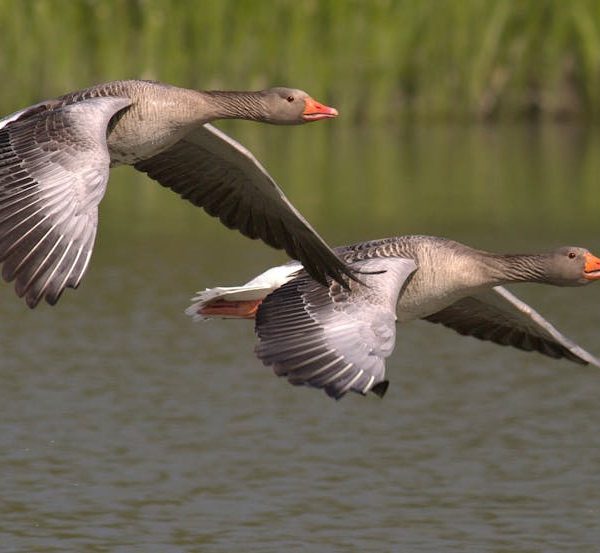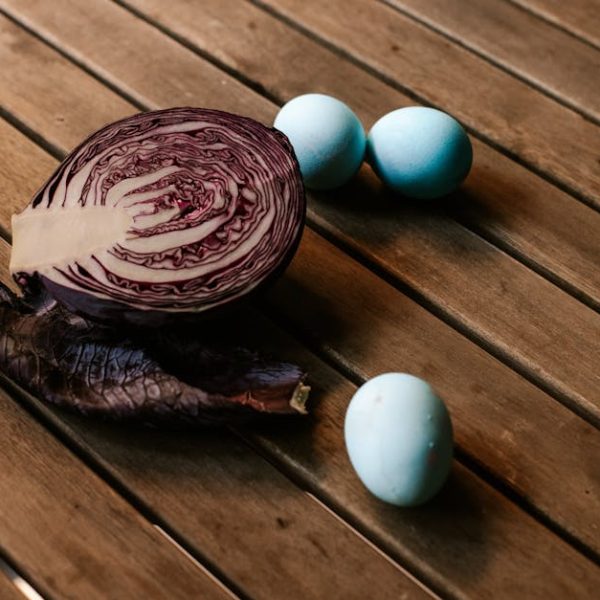Birds captivate us with their vibrant hues, melodic songs, and their ability to take flight. Yet another phenomenon that sets them apart is their intricate egg production process. Birds are among the few animals that reproduce through laying eggs, a fascinating process aided by complex internal structures and meticulous steps. Understanding the ‘hows’ and ‘whys’ of bird egg production enhances our appreciation for these airborne animals and their meticulous life cycles.
The Anatomy of a Bird’s Reproductive System: The Engine Room
Biology is at the heart of bird egg production, with various organs and structures harmoniously toiling to yield a perfectly encapsulated embryo. Female birds, like many other animals, possess ovaries; however, they only have one functional ovary, typically the left. This organ produces the egg yolk, starting the egg’s formation process. As the egg develops, proteins and water are added to it before it passes on to the oviduct, the passage through which the egg travels before it is laid. The complex steps in the oviduct, including calcification, result in the formation of the eggshell – a stunningly strong yet delicate shield for the bird’s unborn progeny.
On the other hand, the male bird’s reproductive role lies predominantly in fertilization. His reproductive system includes a pair of testes, where sperm is produced. These delicate cells are transferred to the female during mating, where they can fertilize the egg.
Key Parts of the Reproductive Systems:
- Female’s Ovary: Creates yolks and initiates egg formation.
- Oviduct: Responsible for adding proteins, water, and encasing the egg in a shell.
- Male’s Testes: Production of sperm for fertilization.
Formation of the Egg: A Detailed Dance
The formation of a bird’s egg is a delicate choreography starting right from the ovary. Within each ovary, multiple follicles mature to form yolks. The largest of these yolks will be snatched up during ovulation, where it starts its journey through the oviduct.
As the yolk travels, albumen or egg white, membranes, and a calcium carbonate shell are added. Their respective environments bestow on these components their unique character — the yolk’s rich yellow is due to the hen’s diet, while the hard shell is the result of precise chemical conditions in the oviduct.
Diagram: Egg Formation Stages
Varied Virtual Pathways: How Oviparous Animals Differ
While many animals lay eggs, not all eggs are created the same way. The key difference lies in the shell formation. Reptile eggs, for example, are softer and leathery, as opposed to birds’ hard-shelled eggs. Also, some other oviparous animals lay eggs without shells, like certain types of sharks and rays. This fascinating diversity reflects the unique reproductive strategies of various animal classes.
Table:
Oviparious Animal | Egg Characteristics | Example of Species
— | — | —
Birds | Hard, calcified shell | Parrot
Reptiles | Soft, leathery shell | Python
Certain Fish | No shell, guarded by parents | Cuckoo Catfish
The Romantic Ritual: Fertilization Process in Birds
Birds showcase a plethora of fascinating mating rituals leading up to the act itself, copulation. In many species, males perform elaborate dances, song-fests, or building nests to win over the female. During copulation, the male transfers his sperm to the female through their cloaca – the posterior orifice that serves multiple jobs in birds, including excretion and reproduction. The sperm then begins its demanding journey towards the egg, with only the most resilient reaching the ovum for fertilization.
It is worth noting that the sexual organs and copulation processes can vary among bird species. For example, waterfowl like ducks and geese have slightly complex structures where males possess a phallus.
Pro Tip:
Knowledge of diverse mating rituals and varied reproductive structures aids in better understanding of different bird species and their unique life strategies.
The Waiting Game: Incubation and Hatching
Once the egg is laid, it’s time for the next important phase: incubation. Like the rest of the process, this varies among species. Some birds, like pigeons, start incubating immediately after laying the first egg. Others, such as ducks, might lay a whole clutch of eggs before they start the process. The incubation period can be affected by various factors such as temperature, humidity, and even noise levels.
Upon the termination of incubation, an equally exquisite event unfolds: hatching. Using a small, sharp, temporary structure on their beaks called an ‘egg tooth’, chicks slowly break away the protective shell to breathe their first breath of air.
Checklist for a successful incubation:
- A safe, protected nest.
- Consistent temperature and humidity.
- Minimal disturbance from predators or noise.
Unraveling Untruths: Common Myths about Bird’s Egg Production
Many myths surround bird’s egg production. Some believe that all eggs can hatch into baby birds, while in reality, only fertilized eggs can. Another common misconception is that the color of the eggshell determines the bird species. Instead, egg color mainly depends upon the pigments present in a bird’s diet and has no direct relationship with the species or the gender of the unborn chick.
Emphasizing a fact-based understanding is crucial for bird conservation efforts. Many bird species are in decline due to increased habitat loss, climate change, and heavy use of pesticides. By debunking common myths about bird reproduction, we can contribute to a more informed and responsible approach towards these magnificent creatures.
- Myth: All bird’s eggs can turn into chicks.
– Fact: Only fertilized eggs can hatch into chicks.
- Myth: The color of a bird’s egg tells us its species.
– Fact: Egg color is primarily determined by dietary pigments and does not directly indicate species.
Final thoughts: Birds’ reproductive journeys are intricate and miraculous, bearing testament to the wonders inherent in nature. Understanding these processes brings us one step closer to appreciating these airborne wonders and helps us contribute more effectively to their protection and conservation. Let’s keep exploring, learning, and respecting the fascinating world of birds.
Key Takeaway:
- Birds reproduce through laying eggs, with a complex process involving numerous steps and internal structures, including the female’s ovary and oviduct, and the male’s testes.
- The formation of an egg begins with the production of the yolk in the ovary, followed by the addition of protein and water and the formation of the eggshell in the oviduct.
- Fertilization in birds involves elaborate mating rituals and the transfer of sperm from the male to the female via their cloaca.
- Once the egg is laid, it is incubated until it is ready to hatch, a process that varies among species and can be affected by several factors.
- Many myths about bird egg production exist and it’s important to debunk these to improve understanding about bird species and enhance conservation efforts.
Understanding and appreciating the intricate processes involved in bird reproduction will enhance our respect for these amazing creatures and contribute to more effective conservation efforts. Always remember, knowledge is key when it comes to protecting and preserving nature’s wonders.
FAQs
Q: Why do birds possess only one functioning ovary?
A: Birds typically have only one functional ovary, usually the left one, as a mechanism to reduce weight for more efficient flying.
Q: What affects the color of a bird’s egg?
A: The color of the bird’s egg mostly depends on pigments present in the bird’s diet, not the species.
Q: What roles do the bird’s reproductive system play in egg production?
A: Female birds’ ovaries initiate egg formation by producing yolks. These eggs travel through the oviduct, where proteins, water, and shells are added. The male birds’ testes produce sperm for the fertilization process.
Q: Do all laid eggs result in chicks?
A: No, only eggs that have been fertilized will result in chicks.
Q: Why is incubation important in bird reproduction?
A: Incubation helps keep the eggs at the right temperature for the chick inside to develop. It’s a critical stage in avian reproduction.
We hope this article was interesting and informative. Feel free to share it with others who might enjoy it. Explore more articles on our website to expand your knowledge about the natural world.
